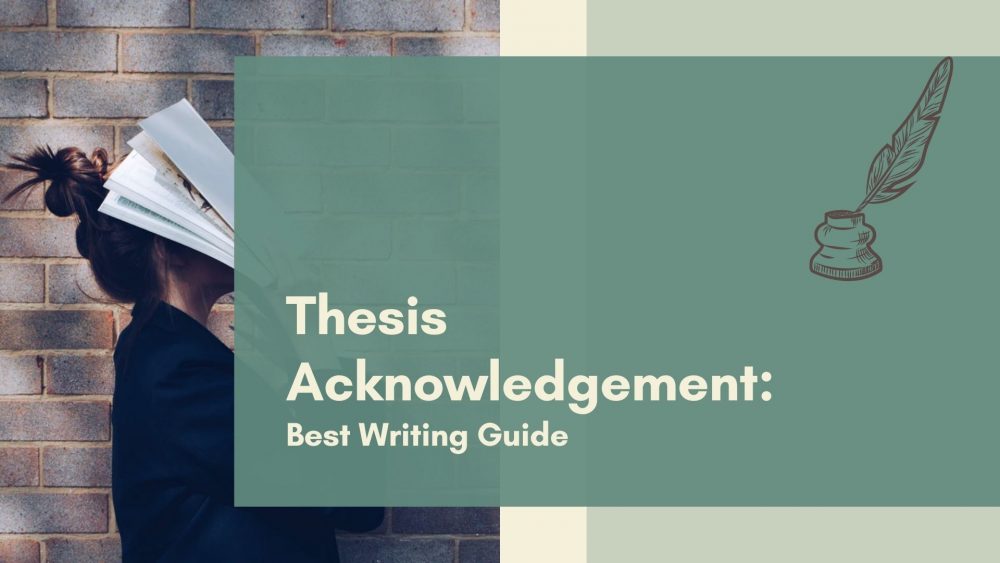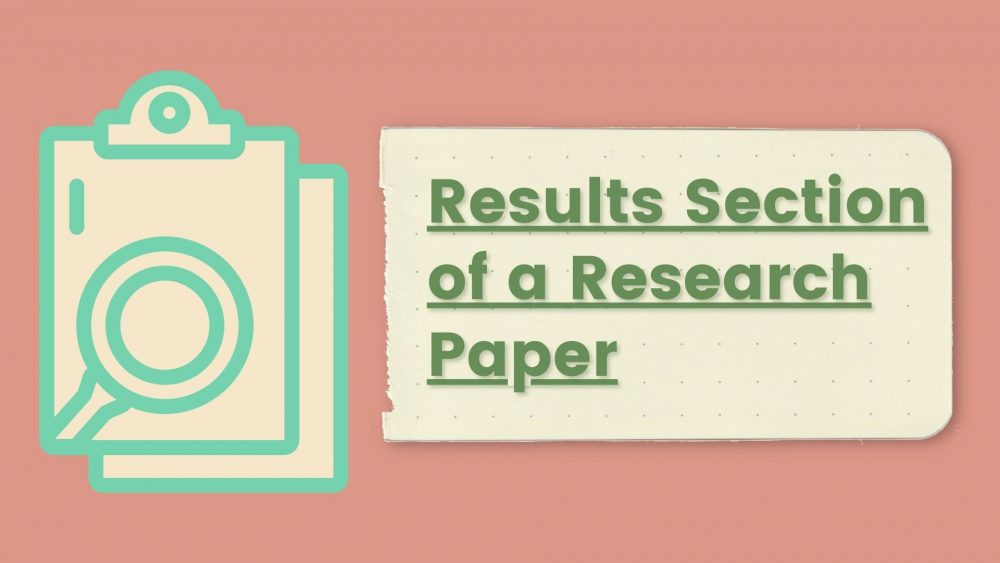A thesis literature review is one of the most important steps in writing a thesis. It is a complete survey of all scholarly articles and resources available for a particular topic. Now, let us take a closer look at the peculiarities of writing a thesis literature review.
How To Write Literature Review For Thesis
A literature review helps you evaluate and assess the current knowledge available on a topic. It also helps you identify theories, methods and gaps that exist. In order to understand how to write a literature review here are five steps that you need to follow:
Look for Relevant Literature
To begin your search for relevant literature, you need to have at least your working title in place. The search for any literature must be related to the research questions and problems.
When a literature review or thesis itself is your assignment, choose a focus subject and create a central question that will guide your search. These questions should be answerable only with a review of the publications that already exist.
One example of a literature review questions is:
Does social media lead to body image issues in Generation Z?
Once this question is set, make a list of keywords to help your search. In case of the above question, some examples of keywords are Facebook, Social Media, Body Image, Mental Health, Self-Esteem. Adolescents, Generation Z, Youth etc.
Then start collecting various sources. Some recommended databases are:
- University Library
- JSTOR
- Google Scholar
- Medline
- Project Muse
- EBSCO
- EconLit
- Inspec
Use multiple keywords separated by Boolean operators like and, not and or to get more results.
Evaluate the Available Sources
Reading the abstract will help you understand whether a particular source must be included in your literature review thesis. If any citations are recurring, then they are most likely relevant and important for your topic.
When evaluating the sources, here are some things to keep in mind:
- Question addressed by the author
- Key concepts and their definition
- Key theories and methods
- The author’s approach
- Results of the study
- Comparison of the source with other literature related to the subject
- The contribution of the publication to your topic
- Strengths and weaknesses of the publication
The sources that you list must be credible. For instance, high citation count on Google Scholar indicates the relevance of the paper. As you review each publication take notes for the ones that you wish to list in your literature review. Correct citation is a must to avoid issues like plagiarism.
Identify Various Debates, Themes and Gaps
Your master thesis literature review will help you understand the existing literature better. You will be able to see the connection between different sources and the gaps that exist in them.
As you prepare your literature review, pay attention to:
- Various patterns and trends: Do certain ideas repeat in different citations? Does a similar methodology recur?
- Different themes: What are the concepts and questions that different sources address?
- Debates, contradictions and conflicts: Where do you notice opposing ideas in the literature?
- Important publications: Are there any publications that introduced novel ideas or influential theories that gave the field a new direction?
- Gaps: What do you think is missing in the literature?
With this step, you can figure out the structure of your literature review. With the above example on social media and its impact on body image, for instance, you will see the following trends and gaps:
- The research is mostly targeted towards young women.
- The interest in the visual elements of social media steadily increases
- There is no research available on platforms like Snapchat and Instagram that are primarily visual media.
Prepare an Outline for Your Literature Review
You need to have a rough idea of how you plan to approach the literature review before you start writing. This will create a working thesis literature review example that you can build on. There are different options available for you to arrange the literature available:
- Chronological: Understand how a particular topic has developed over time. When you choose this strategy, make sure that you don’t merely list the literature but also follow the order. This will also help you understand why some developments occurred in important literature.
- Thematic: If you have noticed that certain themes are recurring, it is a good idea to organize the sources into various subsections. These subsections will include all the sources that address a particular aspect of the given topic.
- Methodological: If your literature includes sources from different fields, comparing the conclusions and research is a good idea. For instance:
- Compare the results of quantitative and qualitative research
- List the differences between theoretical and empirical approaches towards a particular subject.
- Theoretical: The literature review helps understand the different models, theories and key concepts related to a particular subject. In this step, you can focus on one theoretical approach or can compare different theories.
Writing the Literature Review
Now that you have all the sources and information available, you can prepare the actual thesis literature review. It should include the following elements:
- The introduction: Use the introduction to state the purpose and focus of your literature review. If you are writing the literature review for thesis, make sure that you talk about the central issue that your research will address and provide a summary of existing literature. For stand-alone reviews, provide a background about the subject, the relevance and the scope of existing literature.
- Body: Based on the length of your literature review, divide the body into different subheadings such as theme, methodology etc. When you are writing the body:
- Provide an overview of the main topics covered in each source and then combine them.
- Add your own views and interpretations when possible.
- Write about the strengths and weaknesses of the chosen sources
- Use paragraphs that are well-structured.
- Conclusion: This is just as important as your introduction. Summarize the key results of the literature available and their importance. In case of a literature review for a dissertation or a thesis, make sure you mention how your research will address the existing gaps and include novel information. In case of a stand-alone literature review, provide a summary of the implications of different resources available. You can also provide suggestions for research in the future.
If you are having trouble writing literature review for thesis, our experts can help you. Our writers have years of experience creating the perfectly structured literature review for students from various fields of study. You can also access various literature review samples to get a head start on yours.










